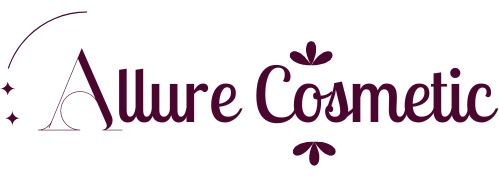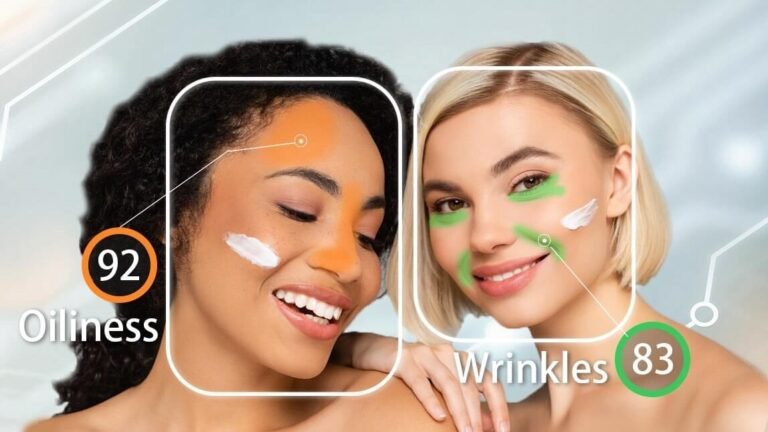Professional Treatments for Oily Skin: A Comprehensive Guide to Clear, Radiant Skin
Oily skin can be a persistent challenge for many individuals, often leading to concerns such as shine, enlarged pores, and acne breakouts. While a consistent skincare routine can help manage these issues, sometimes professional treatments are necessary to achieve optimal results. In this article, we’ll explore the various professional treatments available for oily skin, how they work, and what to expect from each option.
Understanding Oily Skin:
Before delving into professional treatments, it’s essential to understand the underlying causes of oily skin. Our skin naturally produces sebum, an oily substance that helps keep the skin hydrated and protected. However, factors such as genetics, hormones, diet, and environmental influences can lead to excess sebum production, resulting in oily skin.

Common concerns associated with oily skin include:
- Excessive shine, especially in the T-zone (forehead, nose, and chin).
- Enlarged pores that may become clogged with debris and bacteria.
- Increased likelihood of acne breakouts, including blackheads and whiteheads.
Professional Treatments for Oily Skin:
Professional treatments for oily skin aim to regulate sebum production, unclog pores and improve overall skin texture and appearance. Here are some effective options:
- Chemical Peels:
Chemical peels involve the application of a chemical solution to the skin, which exfoliates the outermost layer, revealing smoother, clearer skin underneath. For oily skin, salicylic acid peels are particularly beneficial as they penetrate deep into the pores, removing excess oil and debris. Chemical peels can also help reduce acne lesions and fade acne scars over time. - Microdermabrasion:
Microdermabrasion is a non-invasive exfoliation treatment that uses a diamond-tipped wand or fine crystals to gently remove dead skin cells and debris from the skin’s surface. This procedure helps to unclog pores, reduce oiliness, and improve skin texture. Microdermabrasion is suitable for oily skin types and can be performed regularly for maintenance. - Laser Therapy:
Laser treatments, such as laser resurfacing and intense pulsed light (IPL) therapy, can be effective for treating oily skin and associated concerns. These treatments work by targeting and shrinking the oil glands in the skin, leading to reduced sebum production. Laser therapy also helps to stimulate collagen production, resulting in firmer, smoother skin with improved texture. - Photodynamic Therapy (PDT):
Photodynamic therapy is a treatment that combines the use of a photosensitizing agent, such as a topical solution containing aminolevulinic acid (ALA), with light therapy. When activated by light, the photosensitizing agent targets and destroys oil-producing glands and acne-causing bacteria, leading to reduced oiliness and fewer breakouts. PDT is particularly beneficial for individuals with severe acne and oily skin. - Professional Extraction:
Professional extraction, also known as comedone extraction or facial extraction, involves the manual removal of blackheads, whiteheads, and other impurities from the skin’s surface. This procedure is typically performed by a dermatologist or licensed esthetician using sterile instruments to minimize the risk of infection. Professional extraction can help improve the appearance of oily skin and prevent future breakouts when done correctly.
What to Expect:
Before undergoing any professional treatment for oily skin, it’s essential to consult with a qualified skincare professional to determine the most suitable option based on your skin type and concerns. During the consultation, your skincare provider will assess your skin condition, discuss your treatment goals, and recommend the appropriate course of action.
Depending on the chosen treatment, you may experience some mild discomfort or redness immediately following the procedure. However, these side effects are usually temporary and subside within a few days. It’s essential to follow post-treatment care instructions provided by your skincare provider to ensure optimal results and minimize the risk of complications.

In conclusion, professional treatments offer effective solutions for managing oily skin and achieving a clear, radiant complexion. By choosing the right treatment option and following a personalized skincare plan, you can effectively control excess oil production, unclog pores, and improve overall skin health. Schedule a consultation with a qualified skincare professional today to explore your options and take the first step towards healthier, more beautiful skin.



